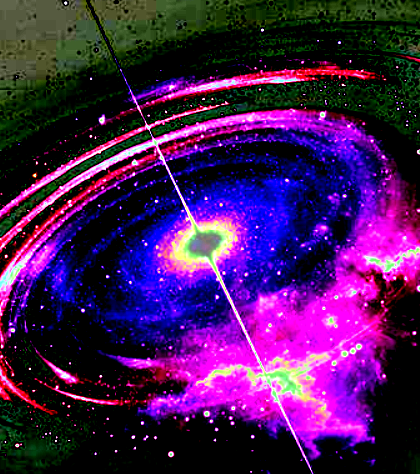Seven-year sweep yields galactic map

The complex mechanics determining how galaxies spin, grow, cluster and die have been revealed following the release of the data gathered during a massive seven-year Australian-led astronomy research project.
No two galaxies are alike. They have different bulges, haloes, disks and rings. Some are forming new generations of stars, while others have not done so for billions of years. Also, there are powerful feedback loops in them, fuelled by supermassive black holes.
The new database allows astronomers from around the world to explore how these galaxies interact with each other, and how they grow, speed up or slow down over time.
The survey, which began in 2013, has already formed the basis of dozens of astronomy papers, with several more in preparation.
A paper describing the final data release – including, for the first time, details of 888 galaxies within galaxy clusters – is available here.
Research arising from the survey has already revealed several unexpected outcomes.
One group of astronomers showed that the direction of a galaxy’s spin depends on the other galaxies around it, and changes depending on the galaxy’s size.
Another group showed that the amount of rotation a galaxy has is primarily determined by its mass, with little influence from the surrounding environment.
A third looked at galaxies that were winding down star-making, and found that for many the process began only a billion years after they drifted into the dense inner-city regions of clusters.
“The SAMI Survey was set up to help us answer some really broad top-level questions about galaxy evolution,” said co-author Dr Matt Owers from Macquarie University.
“The detailed information we’ve gathered will help us to understand fundamental questions such as: Why do galaxies look different depending on where they live in the Universe? What processes stop galaxies forming new stars and, conversely, what processes drive the formation of new stars? Why do the stars in some galaxies move in a highly ordered rotating disk, while in other galaxies their orbits are randomly oriented?”
The full data set is available online through Australian Astronomical Optics (AAO) Data Central.








 Print
Print